Understanding Semaglutide
Semaglutide is a well-known drug used mainly for the treatment of type 2 diabetes. It is classified as a “GLP-1 receptor agonist”.
In addition to diabetes, it is also prescribed for weight control in people with specific health conditions as it helps regulate blood sugar and especially suppress hunger, which can help with weight loss.
The advantages of the pen module
The pen form of Semaglutide offers ease of use, accurate dosing and is easy to transport. Reasons why it stands out include:
- Easy to use: The pen’s design allows people to inject themselves, avoiding the need for professional assistance. It is made to be simple to hold and use, especially compared to traditional injection strategies.
- Dose Accuracy: Allows users to choose precise dosages, ensuring that the amount of medicine is correct every time, thus minimizing the chances of dosing errors.
- Easy handling: being pre-filled and disposable, this pen is compact and discreet for easy transport and use, anytime, anywhere.
- Minimize worries about injections: Its design, which typically hides the needle, can reduce discomfort and worry associated with injections.
- Consistency of treatment: Because it is simple and unobtrusive, people may be more engaged in the treatment program, which can improve disease management.
In essence, the pen makes drug administration convenient and more pleasant for people with type 2 diabetes or other conditions that require treatment by injection.
How it works
Semaglutide mimics the hormone GLP-1 to lower high blood sugar levels in several ways, such as increasing insulin when blood sugar is high and slowing sugar production in the liver, which helps manage the amount of food and reduces overall calorie intake.
Advantages of Semaglutide
For those dealing with type 2 diabetes or wanting to control their weight, Semaglutide has many benefits:
- Better blood sugar management – By promoting insulin production as needed, it reduces blood sugar levels;
- Weight reduction – Proven to reduce the risk of serious heart problems such as heart attacks and strokes;
- Heart health – Some studies have shown it could reduce the risk of serious heart events, potentially saving lives;
- Simplified dosing – With weekly injection schedules, it is more convenient than medications taken daily;
- Lower risk of hypoglycemia – Tends to cause lower blood sugar levels than other diabetes treatments when taken alone.
The role of Semaglutide
Semaglutide is the active agent in this drug, which helps reduce blood sugar levels and may also contribute to the prevention of heart disease.
The use of Semaglutide:
- On its own: For those whose blood sugar is not well managed by diet and exercise and who cannot take metformin;
- In combination – with other diabetes medications when greater blood sugar control is needed. It is essential to continue following the diet and exercise regimen recommended by your doctor.
Possible side effects of Semaglutide
Semaglutide might lead to some side effects, such as:
- Nausea
- Stomach ache
- Digestive problems
- Loose stools
- Stomach ache
- Irregular bowel movements
- Headache
- Tiredness
- Decreased hunger
Rare but serious problems may include inflammation of the pancreas, kidney complications, and an increased chance of specific thyroid cancers. It is essential to talk about these potential risks with your doctor.
Guidelines for the use of Semaglutide
The dose of the drug is adjusted according to how the patient reacts and tolerates it, with a subcutaneous injection once a week. Here is the typical cycle for Semaglutide dosing:
- Initial dose: To start, 0.25 mg once a week for one month is recommended. This dose is used more to accustom the body to the drug rather than to control blood sugar.
- Continuous dose: the dose can be increased to 0.5 mg per week after four weeks. The amount may be adjusted based on the patient’s needs and drug tolerance.
- Gradual increase: For better blood sugar management, the dose can be increased to 1 mg per week after one month and potentially even doubled eventually, provided it is well tolerated.
Administration of Semaglutide
SEMAGLUTIDE is intended for subcutaneous injections. Avoid injecting into veins or muscles.
- It is best to give the injection in the thigh, abdomen area or upper arm.
When to use Semaglutide
- Should be taken weekly on the same day, if possible.
- The exact timing is not crucial: you can inject it with or without food.
Precautions for use
- Pancreatitis: Some cases of this condition have been reported with drugs such as Semaglutide. If you experience symptoms, stop taking the drug and ask your doctor for advice.
- For those suffering from diabetic eye disease, use caution as it may exacerbate the condition.
- Kidney problems: There is a risk of acute and worsening kidney problems, which may require dialysis treatment.
- In combination with specific medications for diabetes, the risk of gallbladder problems, such as gallstones, increases.
- If you are also taking insulin, keep in mind that Semaglutide may increase the risk of low blood sugar levels. Talk to your doctor about potentially reducing your insulin dose.
Store Semaglutide correctly
Store it where children can’t find or reach it and check expiry dates before use: Store unused pens in the fridge but not too close to the fridge and away from light.
Before use:
Keep it cool before opening and do not let it freeze.
During use:
- Store below 30°C or in the refrigerator, away from the refrigerator, and do not use if frozen.
- To protect from light when not in use, keep the cap on.
- Do not dispose of the medicine carelessly: ask your pharmacist for environmentally friendly disposal methods.
Package contents and other details
What is in Semaglutide
- The main ingredient is semaglutide. You get 1.34 mg in each milliliter of the injection. Each pen contains 4 mg in 3 ml of solution. Doses vary from 0.25 to 1 mg of semaglutide in 0.74 ml of solvent.
- In addition to semaglutide, it also contains: disodium phosphate dihydrate, propylene glycol, phenol, sterile water and agents to maintain pH balance. For more details on sodium, see another section.
Appearance and package details
- Semaglutide comes as a clear solution ready for use in a pen injector, with 3 ml each.
- The 4 mg dosage is sold in kits containing:
- A pen together with four needles for single use.
- Guidance is provided on the use of Semaglutide 4 mg injection with the pre-filled pen.
- The injector pen is pre-loaded with 4 mg of Semaglutide.
- It is designed for disposable needles, supplied with the kit.
Purchase of Semaglutide
It is currently difficult to find this medicine in physical pharmacies, which has led to an increase in online purchases. It usually only comes with a prescription for diabetic patients.
Reasons to consider purchasing
Semaglutide could be your answer if you are battling constant hunger on your weight loss journey. Considered safe and beneficial, it helps reduce appetite, lose weight, eliminate fat and potentially even avoid diabetes.
Frequently asked questions
Managing an overdose
Given the packaging, inadvertent high doses are unlikely. However, if it were to occur, a significant drop in blood sugar and serious health consequences are possible. If you have taken too much, get medical help right away.
Legitimacy of online purchases
Buying Semaglutide via the Internet is not illegal, but pay attention to the prescription regulations in your country. Avoid dubious large purchases by mail.
Can it help with weight loss?
In fact, it is used to lose weight in people with type 2 diabetes and also in those without diabetes who want to control their weight thanks to its hunger-reducing properties.
It has gained popularity among celebrities and those looking for a simple solution to lose weight.
Is it the same as insulin?
Although some may confuse Semaglutide with insulin, they are not the same thing. It is a GLP-1 receptor agonist that helps reduce blood sugar and promote weight loss, unlike insulin which can increase fat storage.








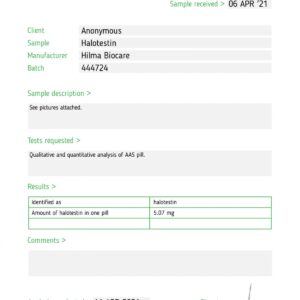

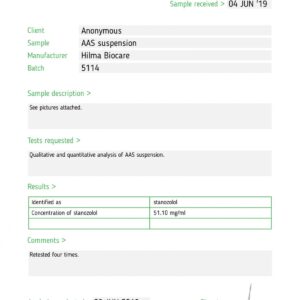
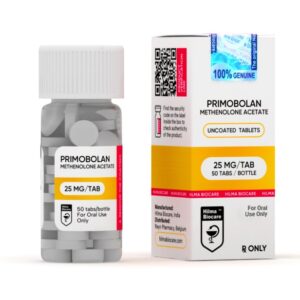
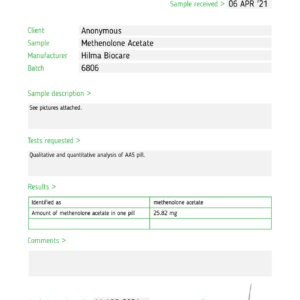

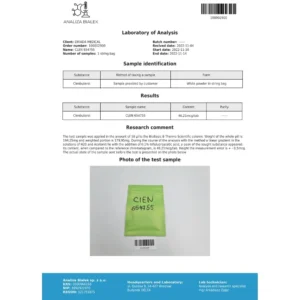
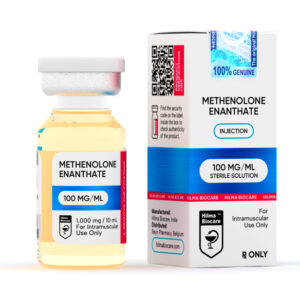
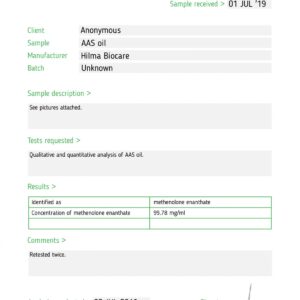
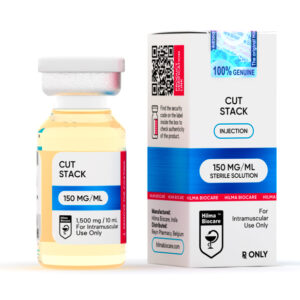
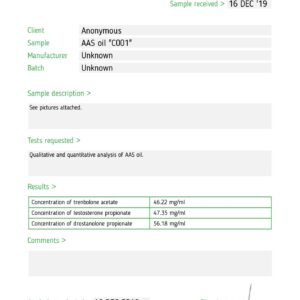


Reviews
There are no reviews yet.